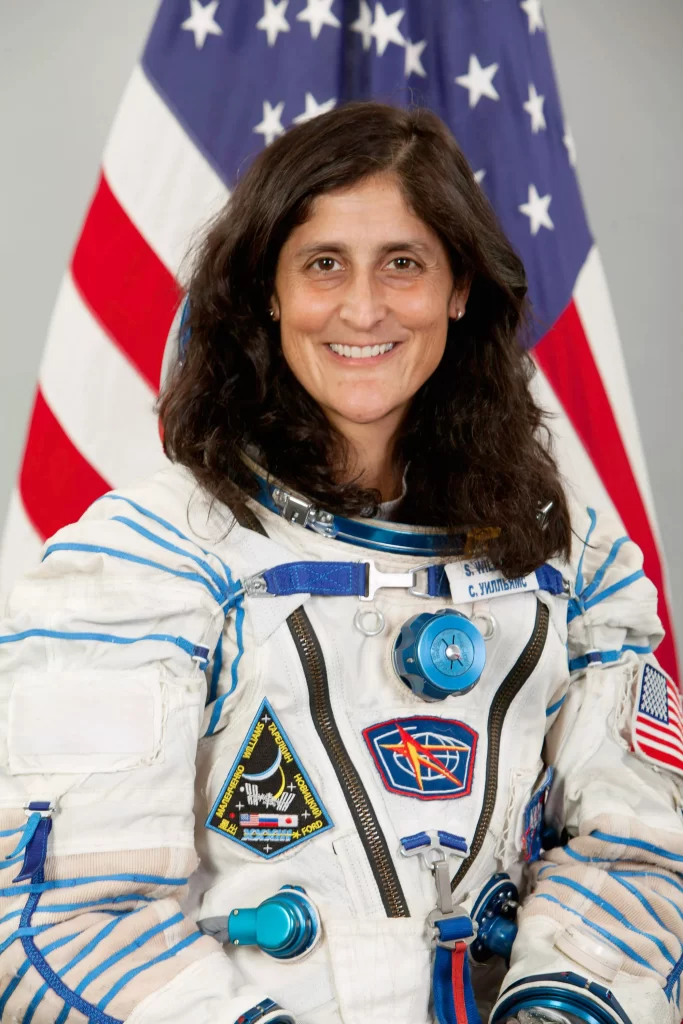Astronaut Sunita Williams one astronauts marooned in space may sound like the plot of a Hollywood blockbuster, but for two NASA crew members, it is now a reality. Commander Barry Wilmore and pilot Sunita Williams are currently in limbo on the International Space Station (ISS).
They arrived in the Boeing Starliner spacecraft – the first test of the spaceship with astronauts. Wilmore and Astronaut Sunita Williams were supposed to stay on the ISS for around eight days and return on the same spacecraft. But there is now debate about the safety of Starliner after it experienced helium leaks and thruster problems on its way to the ISS.
In coming days, NASA and Boeing may decide to clear Starliner to carry the astronauts back to Earth. This means their stay might not last too much longer. But if officials decide against Starliner, the astronauts face waiting an additional six months in orbit before returning. So how do astronauts cope with a potential six-month wait for a lift home?
Waiting for things is difficult at the best of times. Under normal circumstances, it is frustrating, stressful and anxiety provoking. But in extreme situations, with high stakes, waiting can be purgatory.
Part of the reason that waiting is difficult is that it distorts our sense of time. Think of last time you were waiting for a delayed train, test results or a text from a potential new partner. Did it fly by or drag? For most people, time spent waiting crawls at a glacial pace. As a result, delays and periods of anticipation often feel much longer than they actually are.
Waiting slows our perception of time, because it changes the amount of time that we spend thinking about time. During normal daily life we often ignore time; our brains have a limited capacity. If time isn’t important, we simply don’t think about it, and this helps it to pass quickly.
However, as academics who research the effects of time on human psychology and biology, our ongoing work with crew members at research stations in Antarctica aims to shed light on whether waiting in extreme environments is different to waiting during normal daily life.




